Remember the article about the Swedish LO23 clone published here on DodgeGarage a few months ago? Here’s an A12 clone built by the same Caj “Cajan” Carlsson, the man behind the HEMI® Dart. However, this Road Runner changed owners many, many years ago.
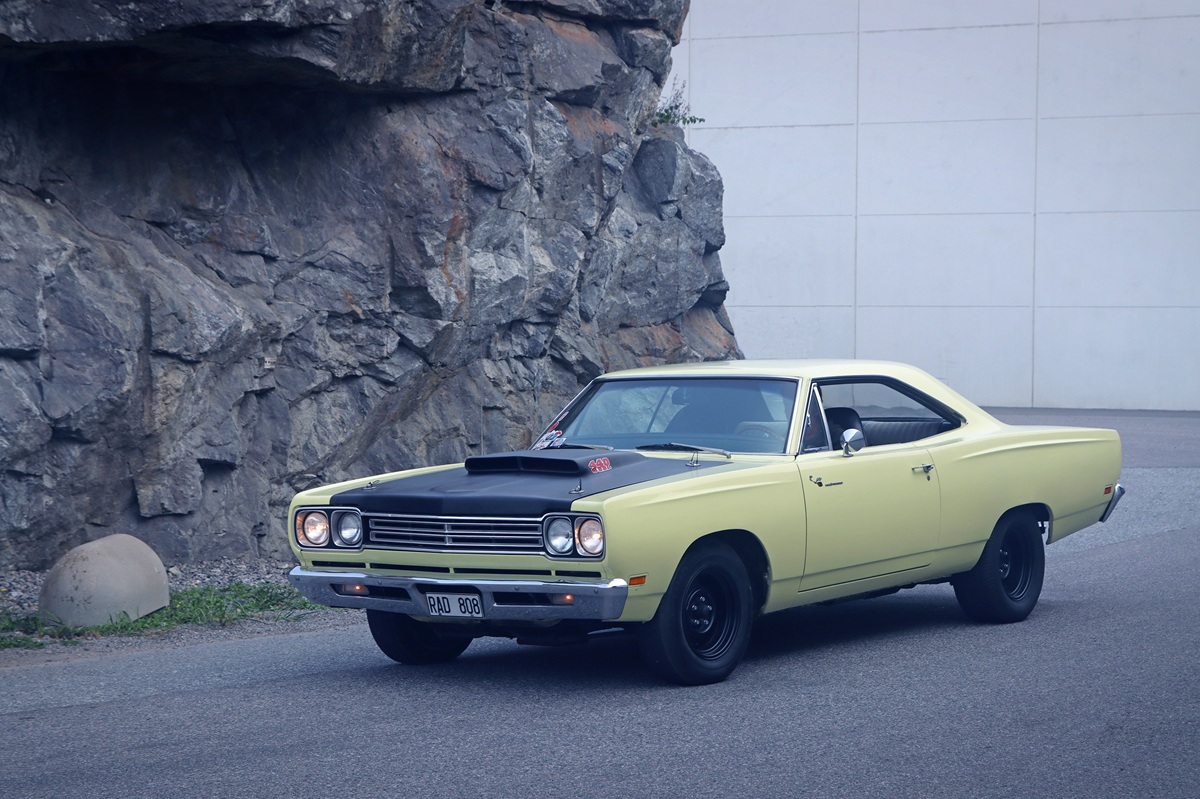
“Is that Cajan’s old Road Runner?” Yes, I’ve been asked that a few times. “If you buy a car directly from the U.S., you don’t hear that,” says Håkan Bjurström.
But how long ago did he actually buy this Plymouth? “Ten years,” says Bjurström. “Twelve,” I say, reminding him of when we met in the summer of 2013 at a gas station in central Sweden. He hadn’t owned the car long at that point – just a few months. I remembered the car well because I had written a feature about it the year before, in 2012, when it was owned by … that’s right, Mr. Carlsson.
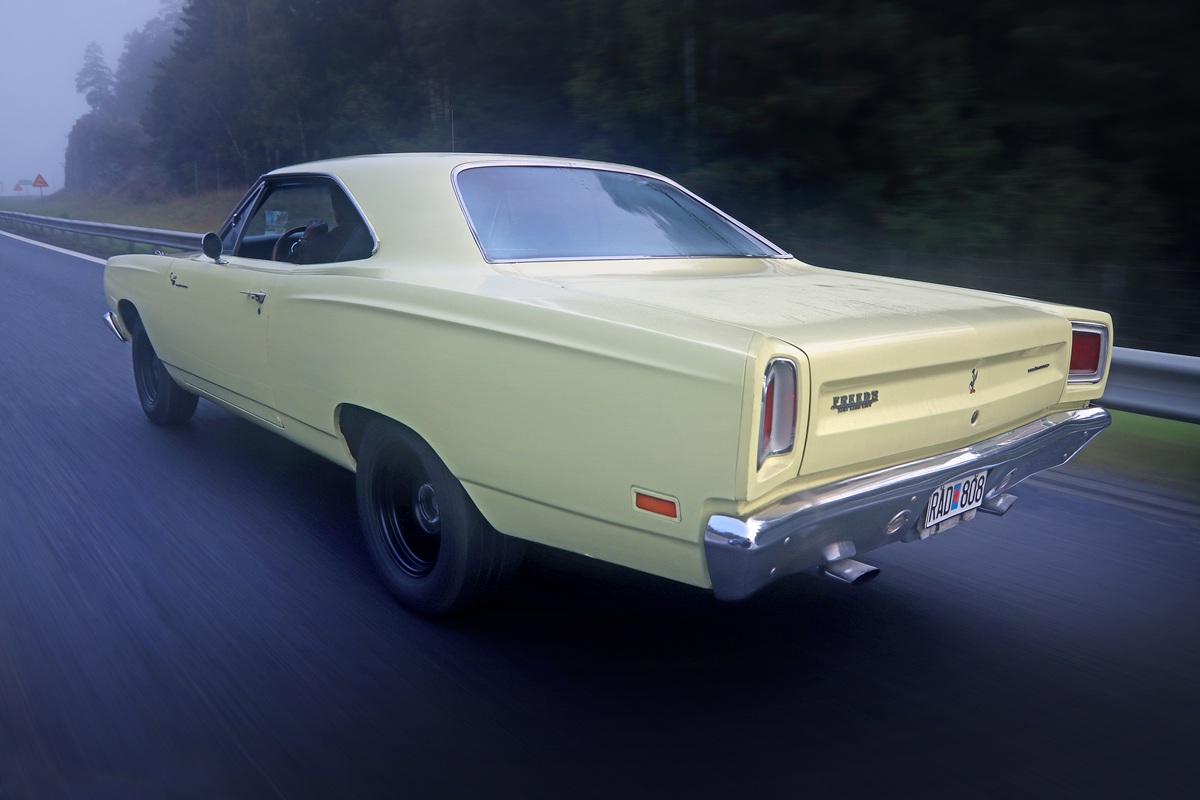
Enough about him. Let’s focus on this 1969 Plymouth Road Runner.
What you’re looking at is something of an A12 clone – a Plymouth with a 440-cubic-inch engine, Six Pack (three two-barrel carburetors) and a manual transmission. That magical gearbox sometimes referred to as the HEMI four-speed engine. Of course, it has a Dana 60 rear axle, just as it should for an A12. Naturally, there’s no power steering or power brakes. Drum brakes all around. This car demands muscle – both from the vehicle and the driver.
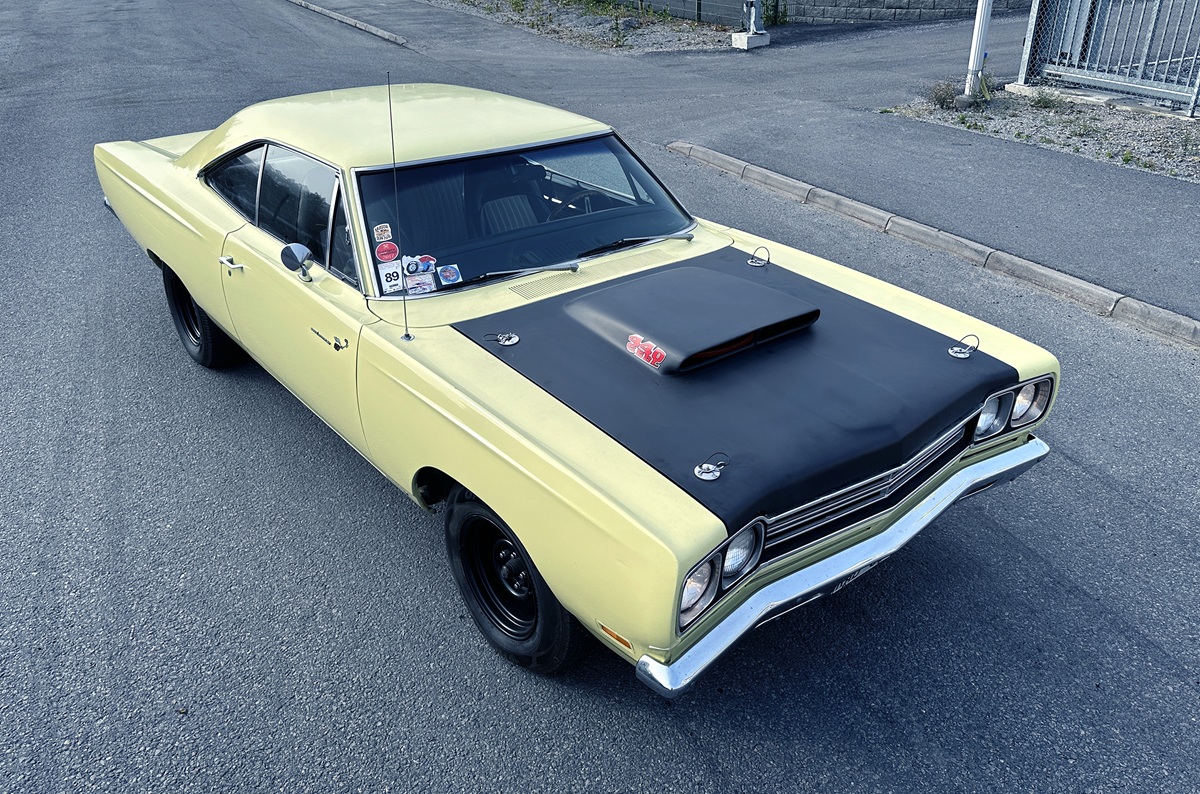
Speaking of muscle – while the A12 is officially rated at 390 horsepower, a figure often dismissed as far too low compared to its real-world output, Bjurström’s Road Runner packs a bit more.
“I actually had the V8 tested on a dyno. It showed 475 horsepower,” says Bjurström. “Jari Konola, a well-known Swedish engine builder who has built and tuned many Mopar engines, told me I could rev it to 6,300 or even 6,400 rpm. But I’m fine with 6,000. I don’t need more. Why did I install the MSD ignition box? It’s very easy to over-rev,” he adds with a grin.
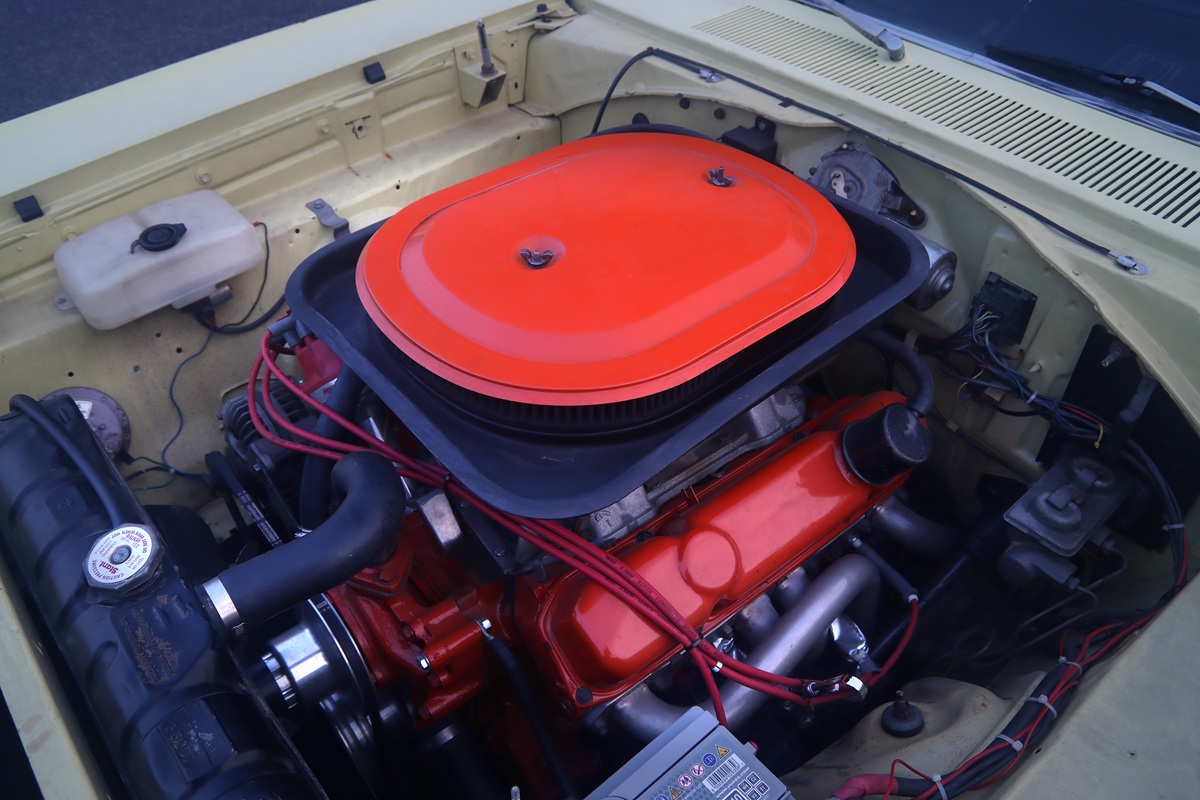
Those Holley carburetors that make up the Six Pack are quite interesting. During calm cruising, it’s the center 350 cfm two-barrel that keeps the engine alive. But when the driver stomps the pedal, the two outer 500 cfm carbs kick in – and the car shows its true colors.
“There’s a real difference between a Six Pack and a four-barrel carb. The latter delivers power fairly evenly all the way. The trio is more like a mule kick to the rear when you plant your foot and all the carbs open,” says Bjurström.
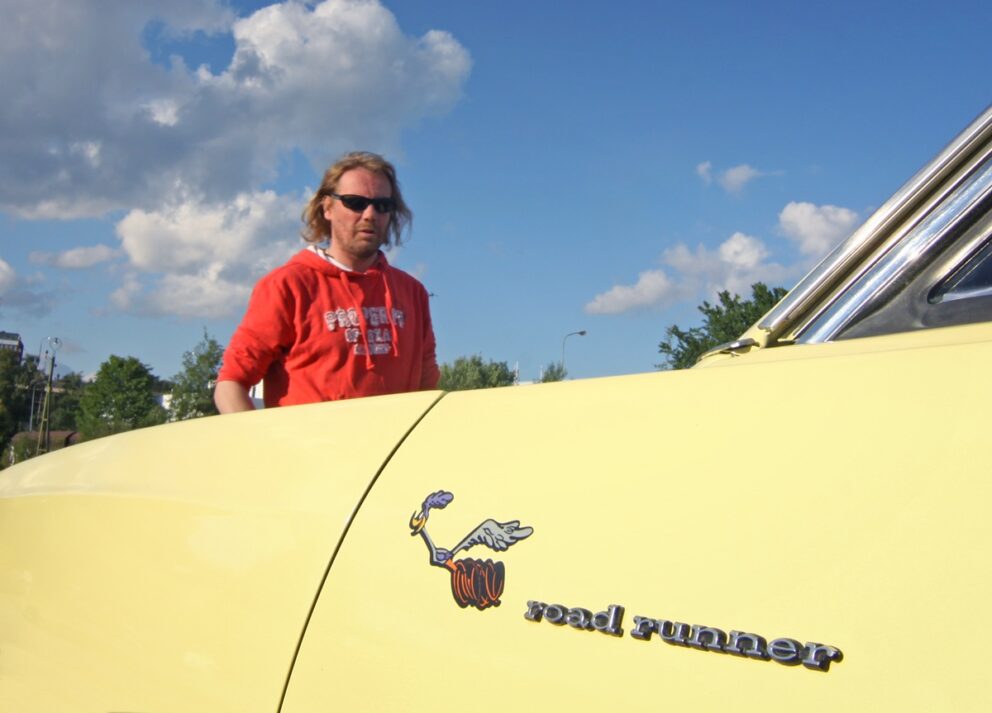
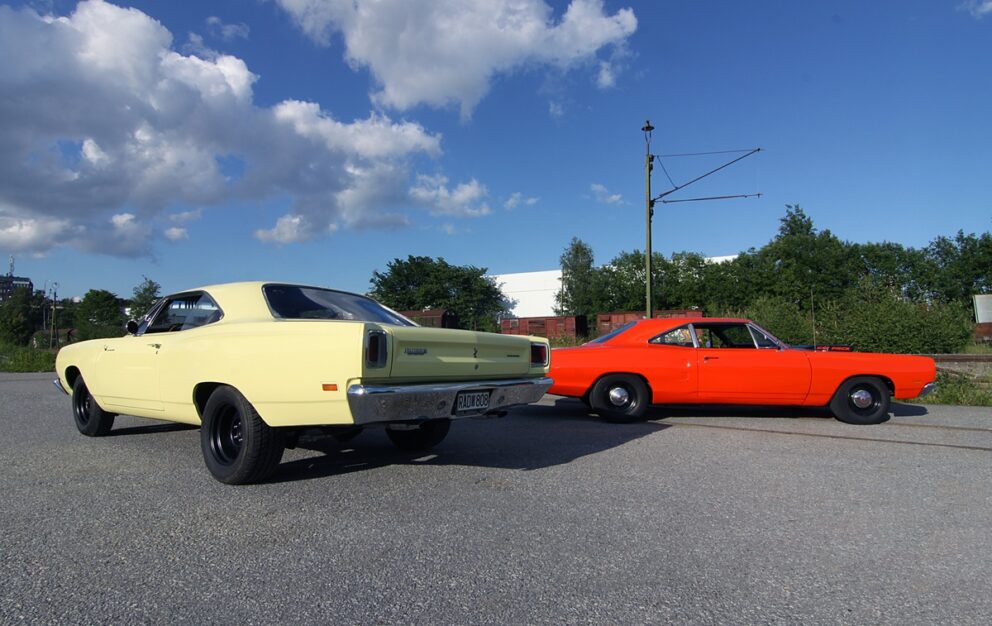
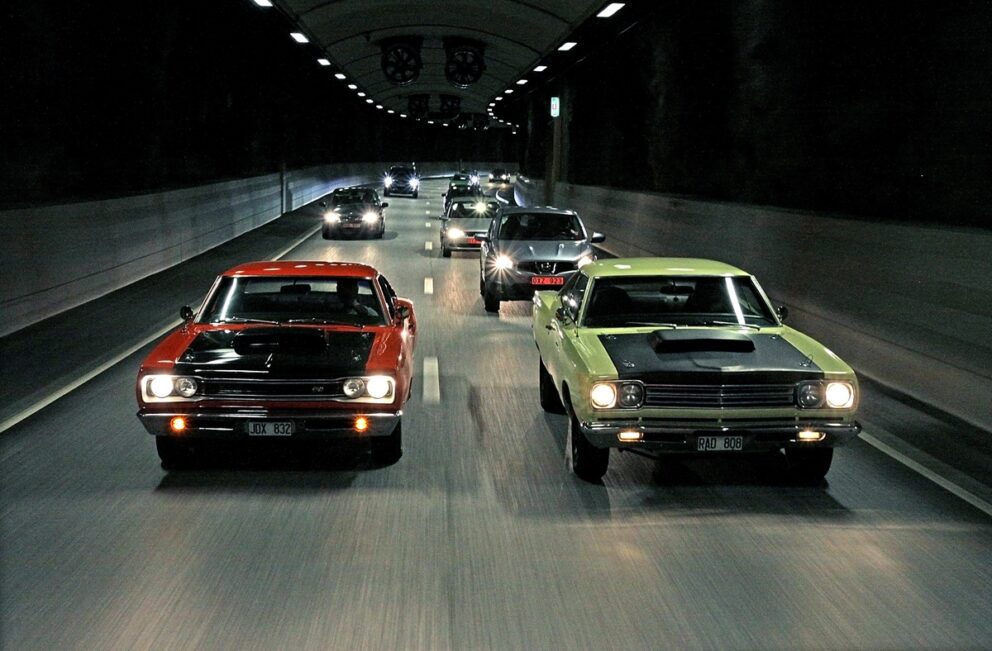
When I covered the car back in 2012 for Gasoline Magazine, Carlsson said, “You can cruise at 70-80 km/h, then you drop your foot and it just spins. Just drop another gear and behind you there’s a damn cloud. Haven’t had time to bench the engine, but 500 horses wouldn’t be an exaggeration.” Which turns out to be pretty close to the truth.
At the same time, Carlsson also said, “If you manage to blow the engine and drivetrain, you’ve really achieved something.” Bjurström’s thoughts on that? Well, the V8 has been serviced since he bought it…
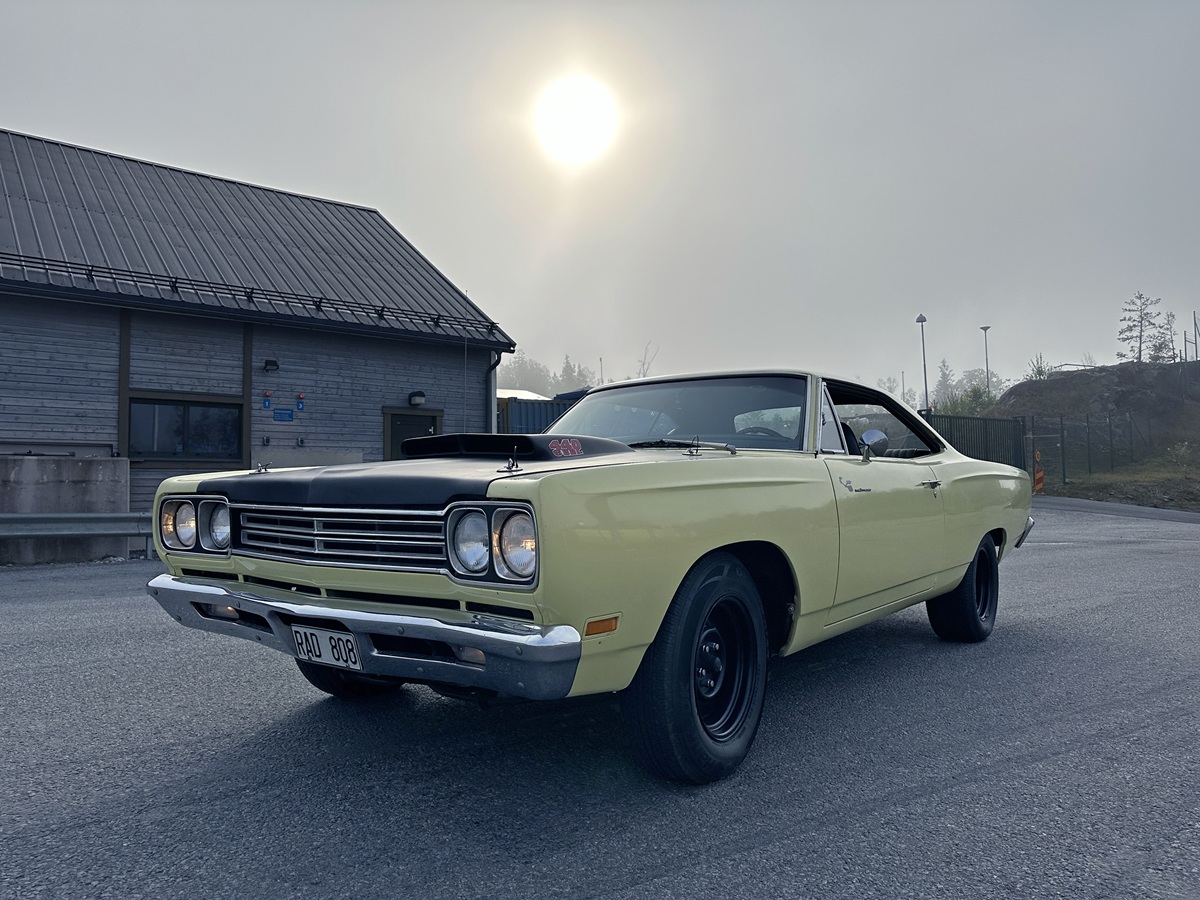
“Yes, I had the engine overhauled. The valve seals were worn out. It puffed a bit of blue smoke when letting off the gas. But apart from new valve seats, everything was fine. I haven’t had to do anything else. The Road Runner was essentially done when I bought it from Carlsson,” says Bjurström.
So, what’s the story with the 440 cui? It all started when the previous owner (Mr. Carlsson again) bought a rusty 1971 block. That was rebuilt from the ground up with a forged steel crankshaft, Scat connecting rods and Probe pistons – a rotating assembly that’s pleasantly light and high-revving.
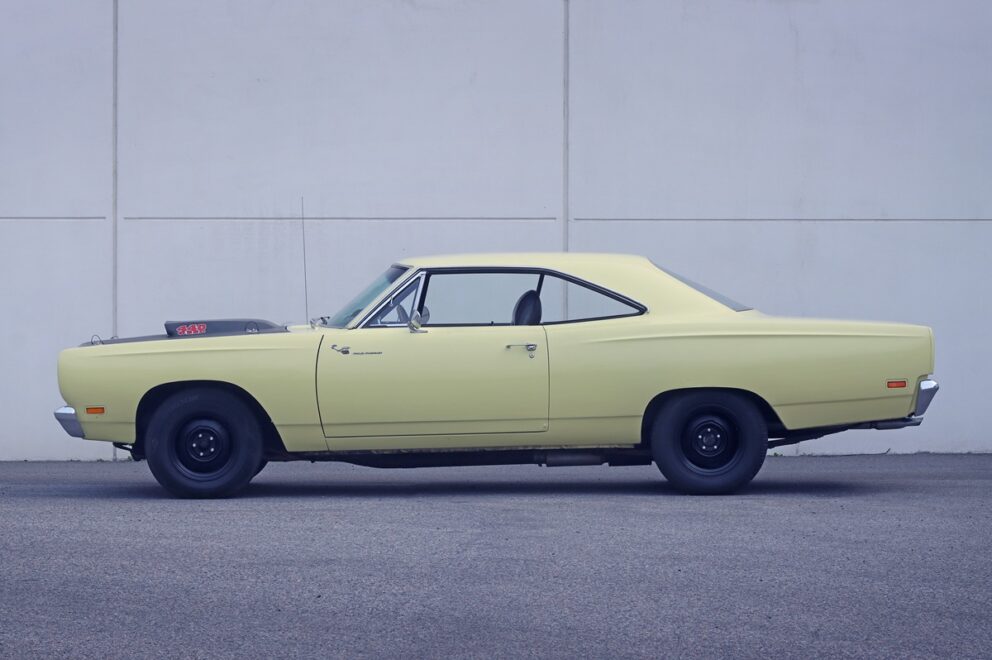
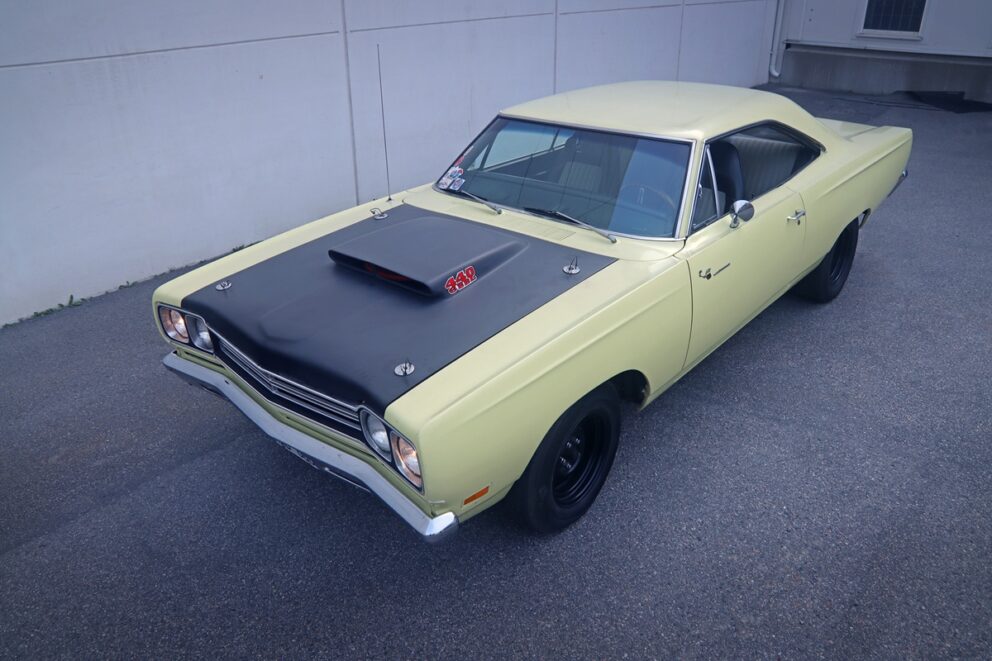
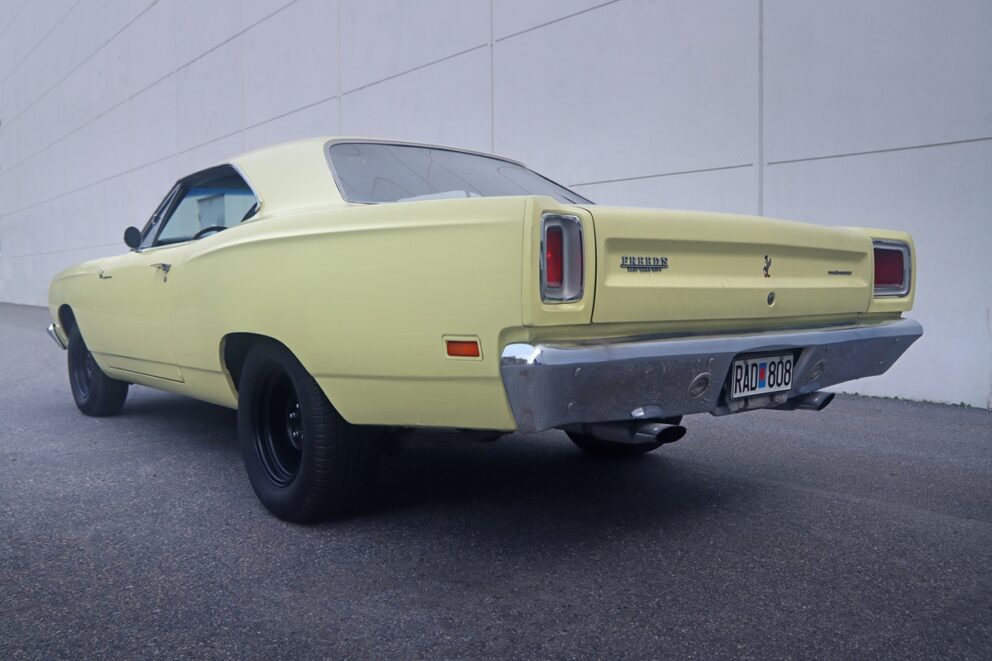
On top sits a Lunati Voodoo roller cam. The iron 906 heads are, of course, ported. The aluminum intake is from Edelbrock.
Does Bjurström actually drive the Road Runner? Yes, he averages about 3,000 kilometers per year – which adds up to roughly 36,000 kilometers since he bought it, based on a quick and slightly unscientific estimate.
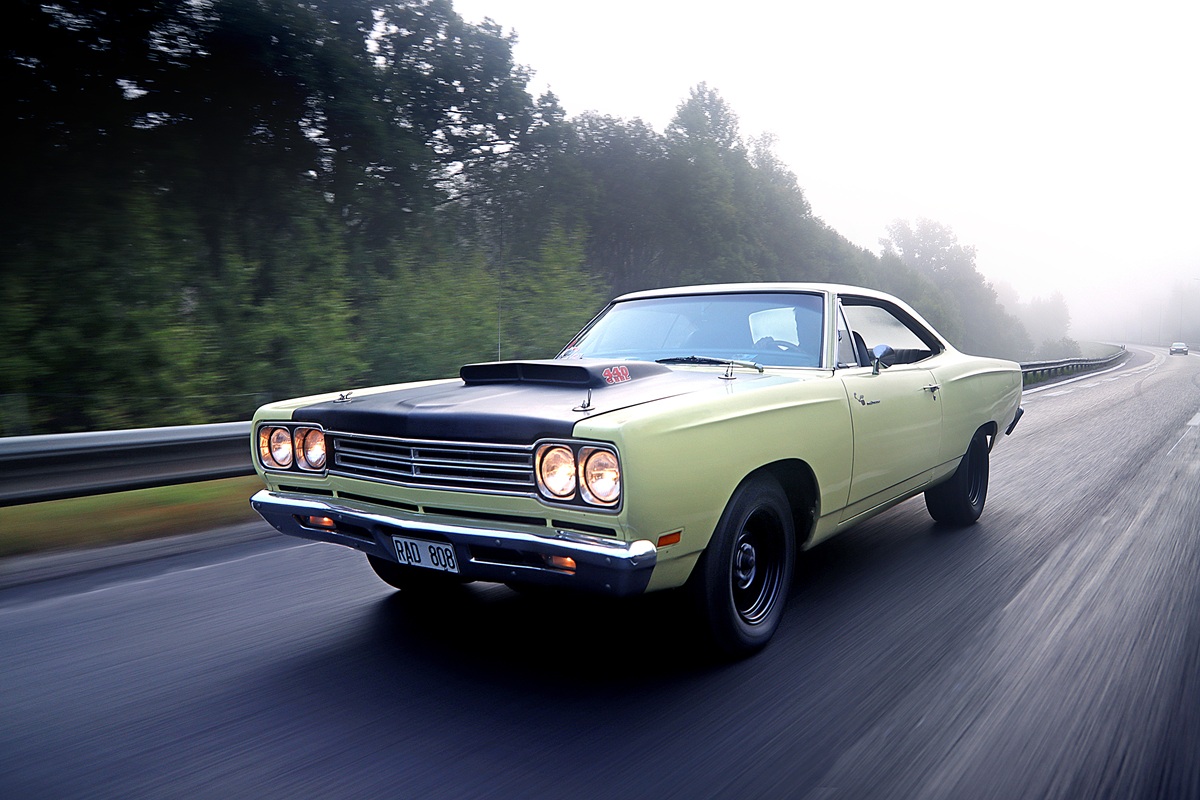
Why not more? It might have something to do with fuel economy – or rather, the lack thereof – paired with Swedish gas prices, which are a bit higher than in the U.S. At idle, the 440 gulps down about 2.5 liters per 10 km. Up to 7 liters if you’re really heavy on the gas pedal. These figures also come from the previous owner.
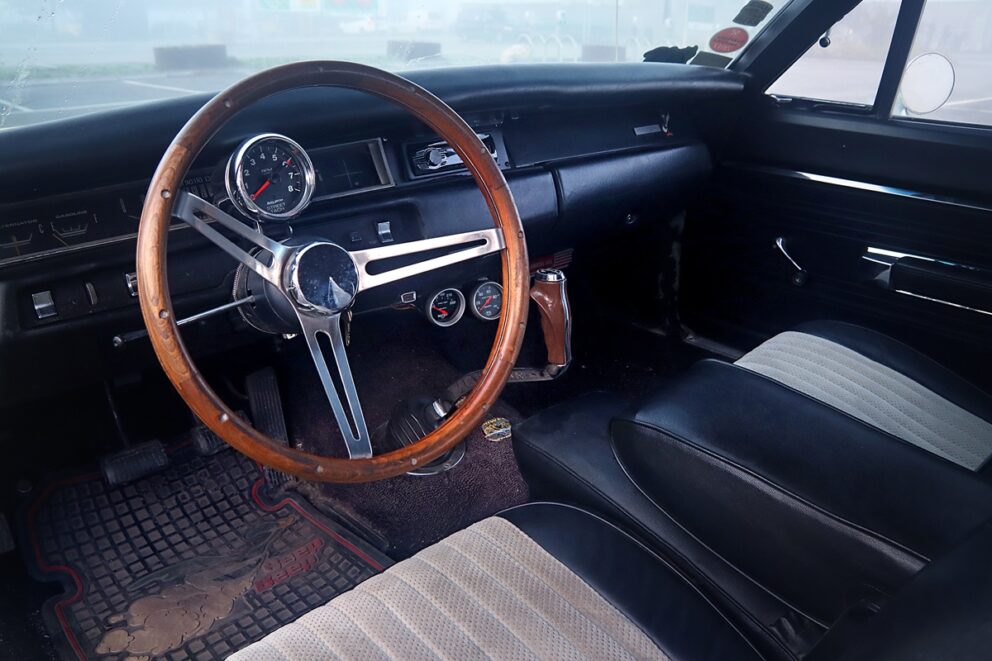
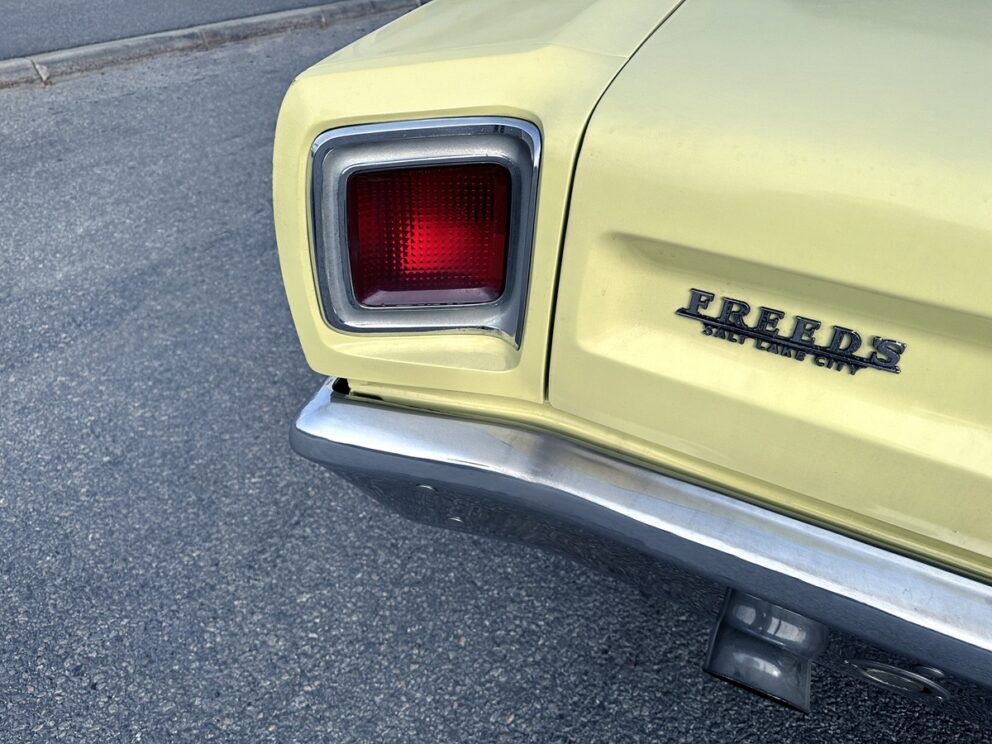
Current fuel price in Sweden? About $5.80 per gallon. And it hasn’t been that “cheap” in three to four years.
But as the saying goes, what you lose on the swings, you gain on the roundabouts. Rust repairs? Not a cent. The Road Runner was originally sold in Utah, in Salt Lake City by dealer Freed’s. Utah borders Nevada, and given that the car stayed in that arid region until it was imported to Sweden in 2007, the body has lived a charmed life. It has never undergone rust repair. In fact, there was no paint beneath the gas tank before it received a light repaint about 15 years ago. Just bare gray sheet metal – not even tinted by surface rust.
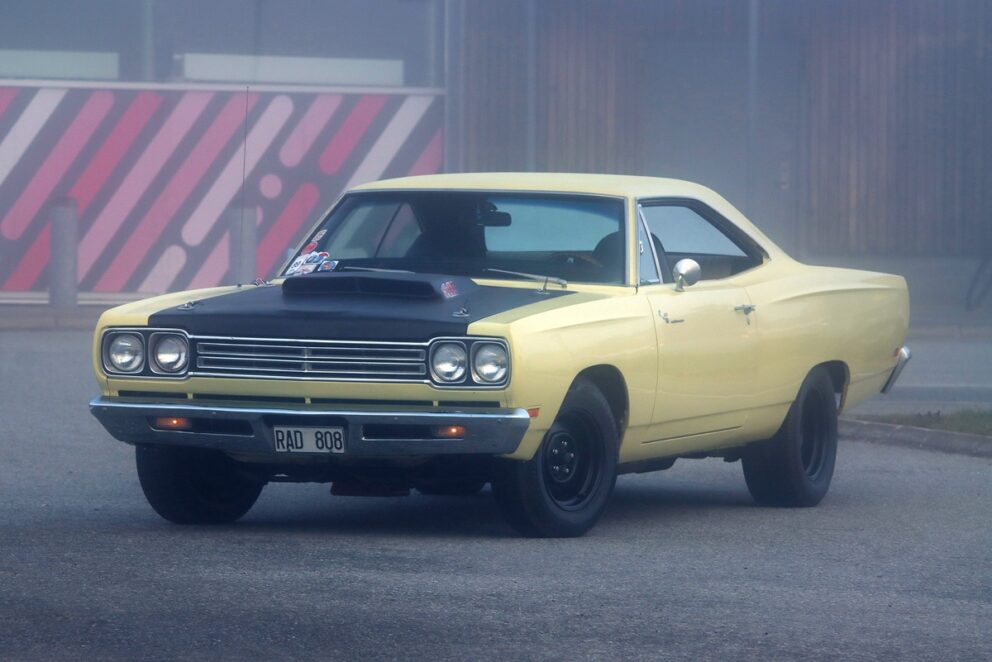
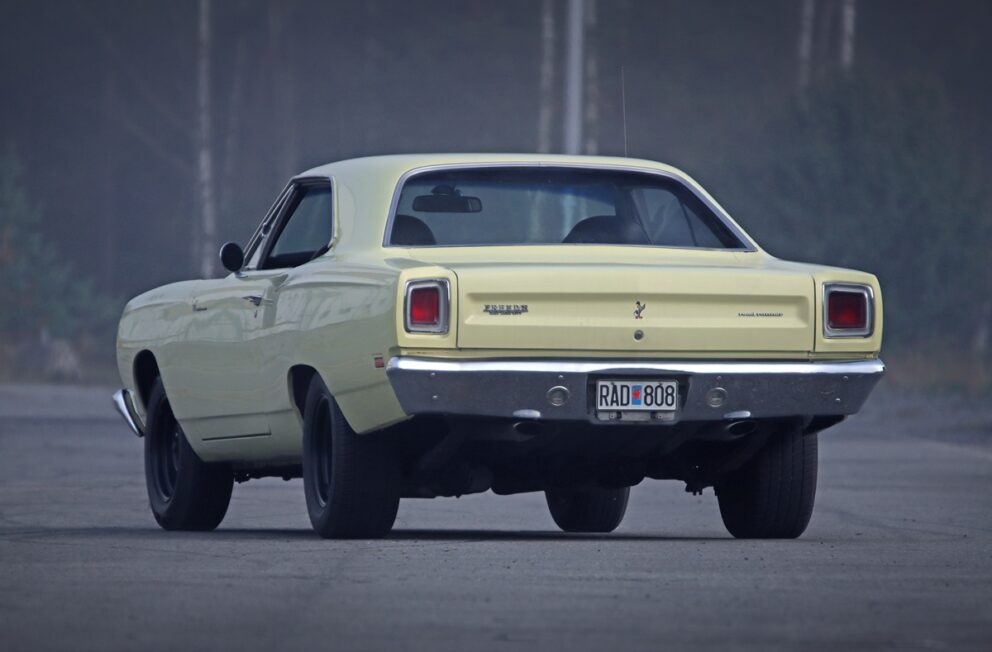
Back to the saying “Cajan’s old Road Runner.” That’s no longer true, I tell Bjurström. Now it’s yours.
“Yeah, it’s mine now. I’ve had it for … twelve years!”
And you’re not thinking about selling it? Then it would be Bjurström’s old Road Runner.
“No, this one – I’m keeping it.”
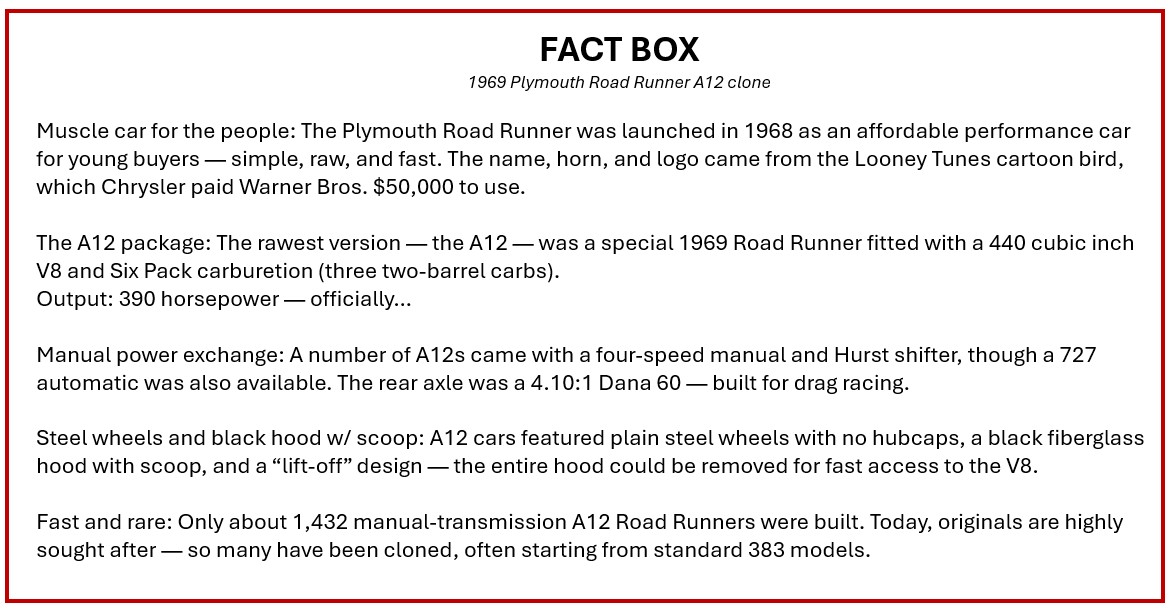

0 Comments